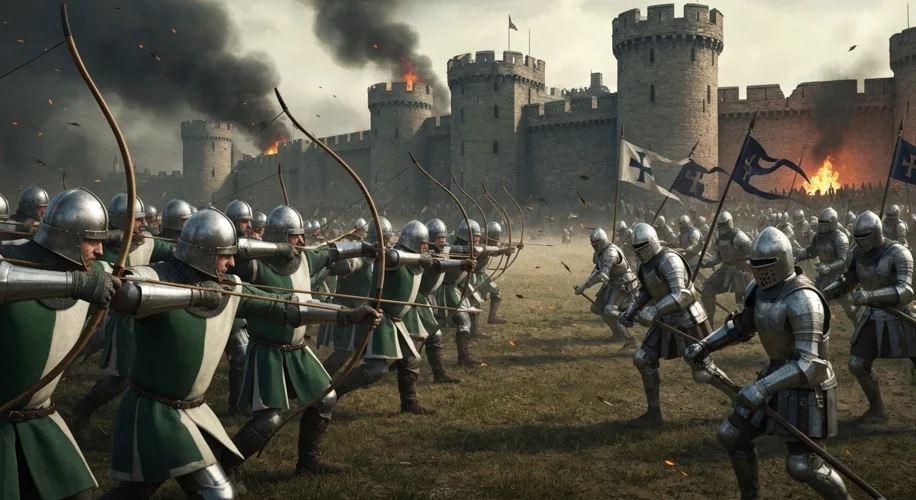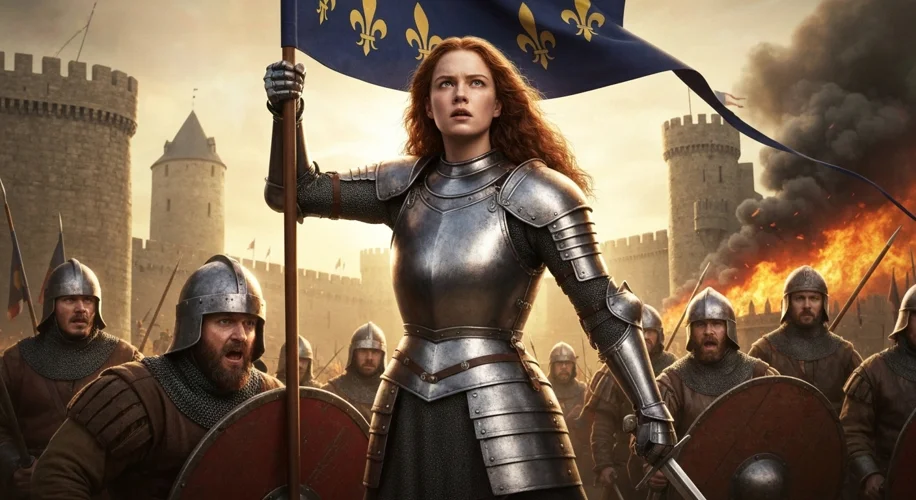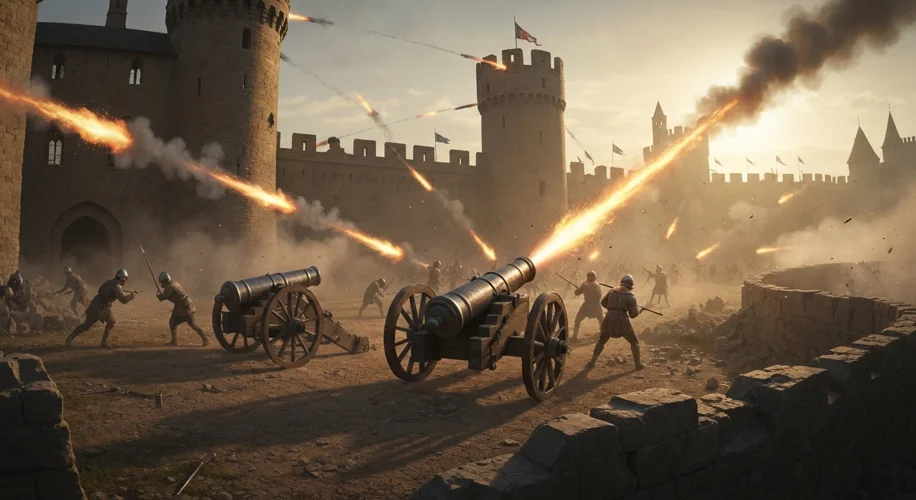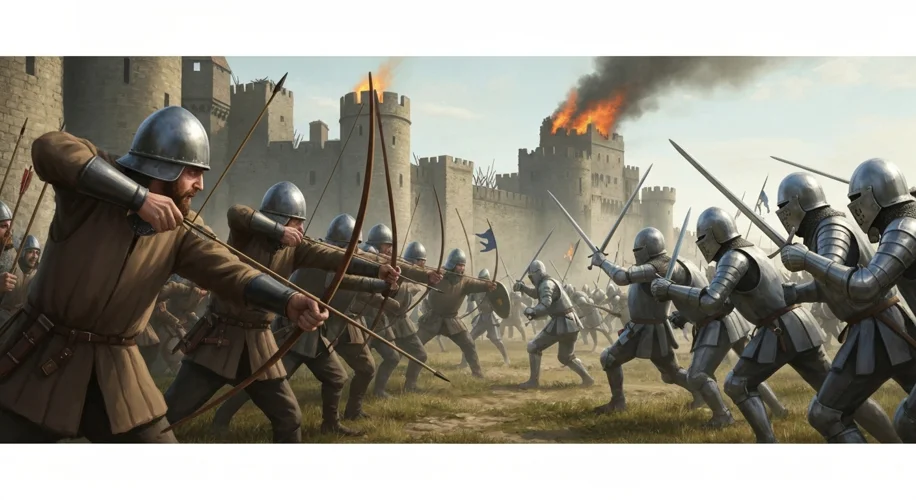Imagine a time when crowns were prizes, loyalty was a shifting sand, and the very identity of a nation was forged in the crucible of war. This was the era of the Hundred Years’ War, a sprawling, intermittent conflict that, despite its name, actually stretched for 116 years, from 1337 to 1453. It was a titanic struggle between England and France, a dynastic dispute over who had the right to rule France, but it became so much more. It was a war that carved new borders, birthed new military tactics, and, most profoundly, helped to shape the very soul of two of Europe’s greatest nations.
The stage for this epic drama was set long before the first arrows flew. England, ruled by monarchs who were descendants of the Norman conquerors of 1066, still held vast territories in France. This created a complex web of feudal obligations and simmering resentments. The French crown, meanwhile, sought to consolidate its power and expel the English from its soil. The immediate spark igniting this powder keg was a dispute over the French succession. When the last Capetian king of France died without a direct male heir, Edward III of England, whose mother was the French king’s sister, laid claim to the throne. The French, however, invoked a Salic Law, which barred succession through the female line, and instead crowned Philip VI, a cousin.

The early years of the war were brutal and often one-sided, heavily favoring the English. Their mastery of the longbow proved devastatingly effective against the heavily armored French knights. Battles like Crécy (1346) and Poitiers (1356) became legendary, showcasing the power of disciplined infantry armed with this formidable weapon. The English armies, often smaller but more agile and better led, inflicted heavy casualties on their French counterparts, capturing kings and laying waste to the French countryside. This period saw figures like Edward the Black Prince, a fearsome warrior, become almost mythical in his prowess.
But France was not a nation to be subdued easily. The war waxed and waned, punctuated by truces and periods of intense campaigning. Internal strife, including peasant revolts like the Jacquerie in France and the Peasants’ Revolt in England, further complicated matters. The Black Death, which swept across Europe in the mid-14th century, also had a profound impact, decimating populations and temporarily halting hostilities.
As the 15th century dawned, the conflict entered a new, dramatic phase. England, under the ambitious Henry V, renewed its territorial claims with vigor. The Battle of Agincourt (1415) was another stunning English victory, a testament to their tactical brilliance and the relentless effectiveness of the longbow. Henry V went on to conquer much of northern France, even forcing the French king to sign the Treaty of Troyes (1420), which recognized him as heir to the French throne. It seemed England was poised to finally unite the crowns of England and France.
Then, a miracle, or so it seemed to the beleaguered French. In the depths of despair, when English forces were besieging the city of Orléans, a young peasant girl named Joan of Arc emerged from the obscurity of her village. Claiming divine guidance, she rallied the demoralized French army and inspired a nation. Her presence at Orléans in 1429 marked a turning point. The siege was lifted, and French fortunes began to reverse dramatically. Joan’s charisma and unwavering faith reignited French nationalism, leading to the coronation of Charles VII, the rightful French heir, at Reims.

Though Joan was eventually captured by the English and their Burgundian allies and tragically burned at the stake as a heretic, her impact was indelible. The spirit she ignited could not be extinguished. The French, now united and fighting with renewed purpose, gradually pushed the English back. They adopted new military technologies, including the cannon, which proved highly effective against medieval fortifications. By 1453, when the French decisively captured the last English stronghold in Gascony, the Hundred Years’ War was over. England retained only Calais.

The consequences of this protracted struggle were immense. For France, it was a period of immense suffering but ultimately one of national consolidation. The war fostered a sense of shared French identity, distinct from the English. The monarchy emerged stronger, having successfully defended its territory and asserted its authority. For England, the loss was profound. It led to a period of internal instability, culminating in the Wars of the Roses. It also forced England to look inward and forge a new path, one less entangled with continental ambitions and more focused on its own island destiny.
The Hundred Years’ War was more than just a squabble over succession; it was a crucible that tested and transformed medieval Europe. It witnessed the decline of feudal cavalry and the rise of infantry and artillery. It saw the emergence of proto-nationalism and the creation of distinct national identities. The echoes of this dragon’s breath conflict continue to resonate, reminding us how deeply war can scar and sculpt the very essence of nations.

